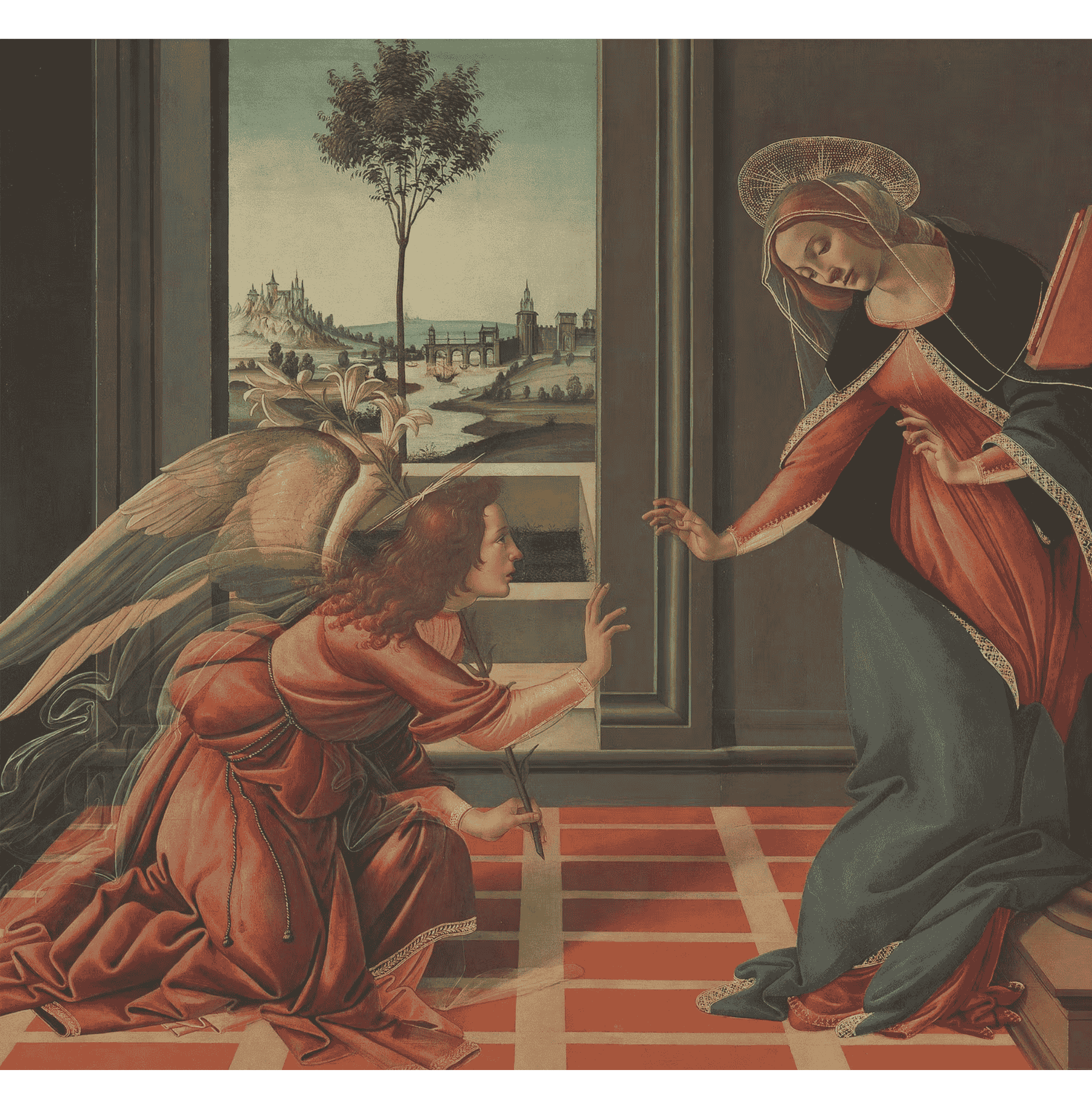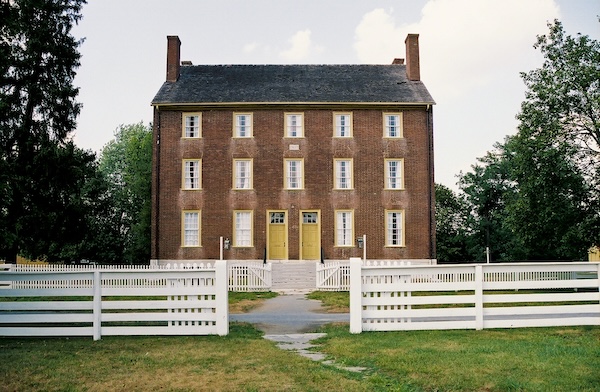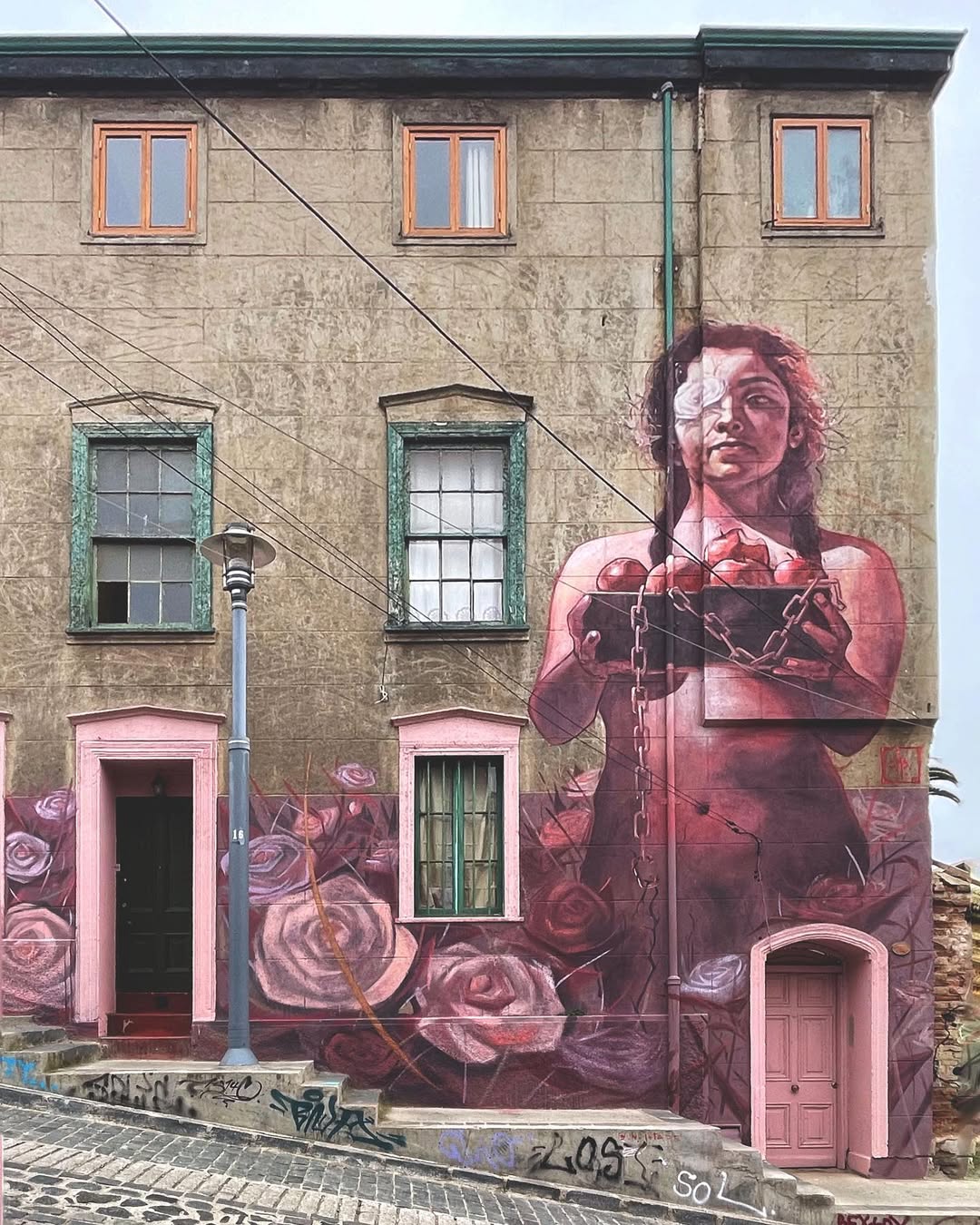
The Yoruba Christ
What might traditional biblical scenes look like in a West African idiom? That’s what Yoruba woodcarver George Bandele sought to answer in the body of work he created for the Catholic Church throughout the 1950s and ’60s.
The invitation to use his traditional art training to represent Christian themes came from Father Kevin Carroll, an Irish Catholic missionary who headed the Oye-Ekiti workshop in Nigeria for its seven years of operation, from 1947 to 1954. The purpose of the workshop was to visually contextualize Christianity within the way of life of the people of Yorubaland, so that they could more easily see the relevance of this “foreign” religion to their own culture. To this end Carroll recruited local artists, offering pay in exchange for their participation in the experiment. Conversion to the Christian faith was neither a condition nor a goal of artist selection. However, a willingness to learn and absorb the stories of Scripture was required.
The wooden door pictured above is one of four that Carroll commissioned from Bandele for the AfricanArt Museum of the Society of African Missions in Tenafly, New Jersey. It shows three scenes from the life of Christ: the Annunciation, the Flight to Egypt, and the Transfiguration. Though European influence is evident in the general arrangement and gesturing of the figures in these images, the details and style are thoroughly African.

In traditional Western art, Annunciation scenes show the angel Gabriel extending a lily or an olive branch to the young Mary, who is either reading the Bible or weaving. But here Gabriel extends a kola branch, a tree indigenous to Yorubaland, and catches Mary at work pounding yams in a mortar, a daily chore in Yoruba households. Two chickens play at her feet, and the Holy Spirit in the form of a dove sweeps into the room from above. This is the moment when she finds out that she will conceive the Son of God.

The Flight to Egypt deviates little from the familiar Western depiction of the Holy Family en route to North Africa for asylum, but it also makes use of a common theme in Yoruba art: the equestrian figure. Usually a king or a warrior, the horse rider would be shown as powerful, confident, dignified. Here Mary and her son assume that same power.

The Transfiguration scene in the bottom register draws traditional Yoruba religion into conversation with Christian revelation. Instead of showing Christ in glory between Moses and Elijah, who the Gospels tell us were present for the event, Bandele puts him between a priest of Osanyin (the orisha of healing) and a priest of Shango (the orisha of thunder and lightning). The priest of Osanyin, on the left, holds a wrought-iron staff surmounted by birds and a long horn that holds medicine. The priest on the right holds a Shango dance wand—recognizable by its double-blade ax—and a rattle, objects used in acts of veneration.
African art historian Nicholas J. Bridger, in his book Africanizing Christian Art, writes,
In this African adaptation [of the Transfiguration], Christ becomes the fulfillment of the pre-Christian belief system of the Yoruba peoples, not its opponent. . . . While leaving the indigenous religion in a subordinate position, [the] image nevertheless stresses Christianity’s continuity with the Yoruba religious past. . . . The figures of King Shango and Osanyin the Healer suggest that Christ can be the source of security and healing, two significant ends sought by most African religions. (55–56)
Bandele’s visual interpretation of the Transfiguration acknowledges his people’s rich religious heritage, but sees it as lacking in its failure to confess the uniqueness and supremacy of Jesus Christ. The two Yoruba cult priests stand here as a pre-figuration of something greater, as signposts to the ultimate revelation of God. They direct worship toward the center, where the light of truth envelops and is Christ.
At the time Bandele carved this door, African theology was just starting to take shape as its own discipline. Those within it sought to work out how the religious pasts of African peoples connect to the claims and call of the Christian scriptures. Kenyan-born scholar John Mbiti famously called African pre-Christian religious experience a praeparatio evangelica, a preparation for Africa’s receiving of the gospel, much as ancient Judaism was a preparatory religious system—prescribed by God—for Israel.
Through this work and many others, Bandele shows how the gospel story makes sense within a Yoruba context, and how it fulfills rather than destroys traditional culture.
**********
George Bandele: Annunciation, Flight to Egypt, Transfiguration, 1964. Carved wooden door, 213 cm tall. Society of AfricanMission (SMA) Art Museum, Tenafly, New Jersey.
For a fuller history of the Oye-Ekiti workshop and a survey of the Yoruba Christian artworks in the collection of the SMA African Art Museum, click here.
George Bandele (1908/10–1995) was the son of the famous Yoruba woodcarver Areogun of Osi-Ilorin. He began training in the craft as a teenager and in 1947 joined the Oye-Ekiti workshop, becoming one of its foremost artists. Even after the closure of the workshop, Bandele continued to carve pieces for the Society of African Missions, as well as for traditional Yoruba religious, royal, and civic clients.
Victoria Emily Jones lives in the Boston area, where she works as an editorial assistant at Shambhala Publications, Inc., a publisher of books on Eastern religions, philosophy, and art. In 2010, she received a BA in journalism and English from the University of North Carolina at Chapel Hill. A year later she founded theJesusQuestion.org, a website where she explores various conceptions of Jesus in the visual, literary, performing, and musical arts, as well as in popular culture and in churches around the world.
ArtWay Visual Meditation March 1, 2015
%20(1).png)












